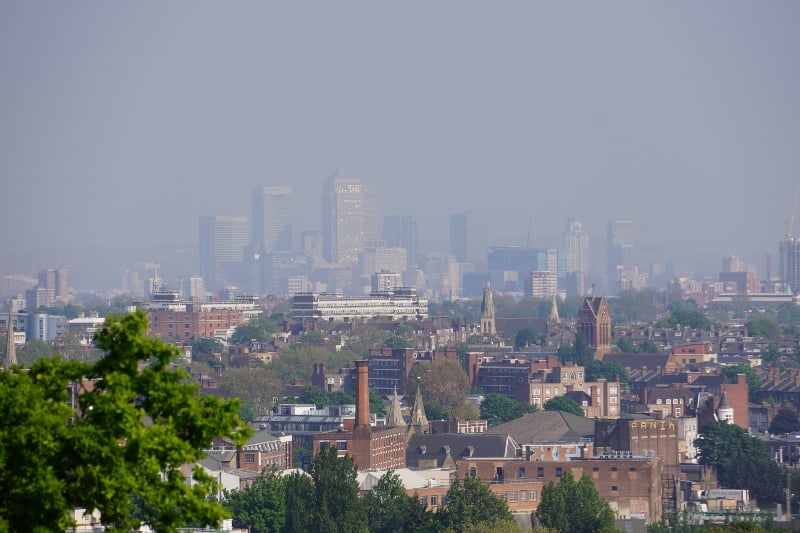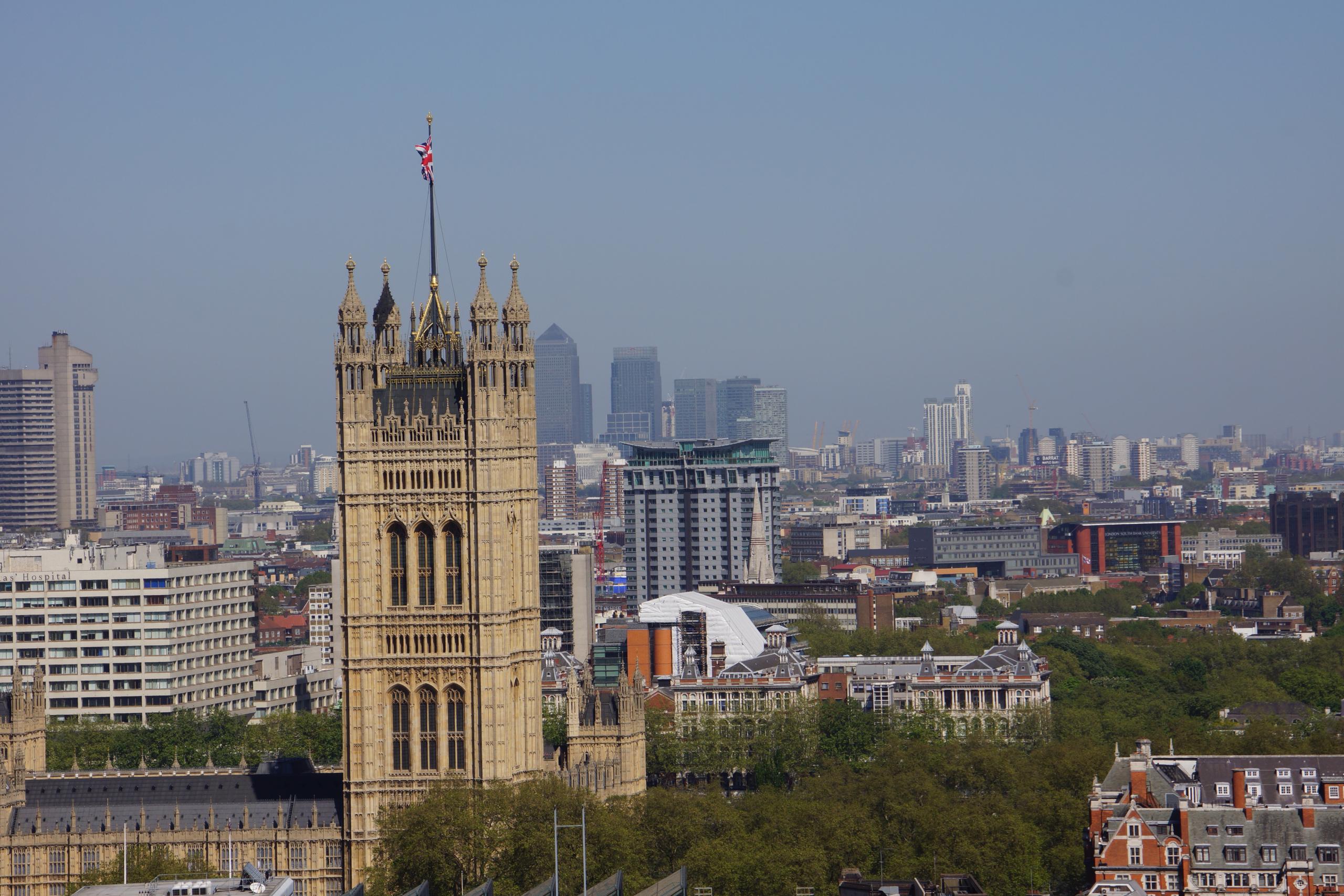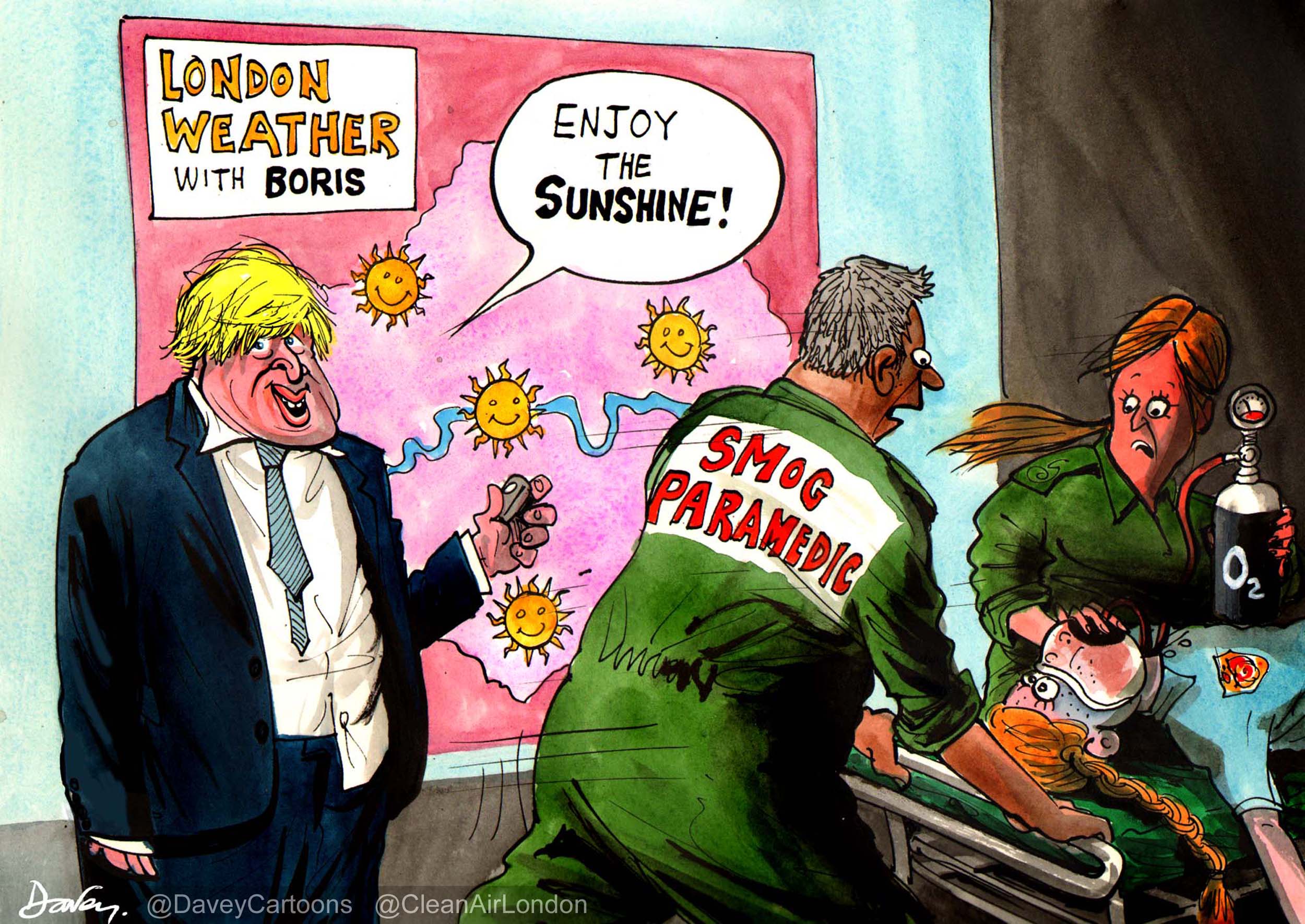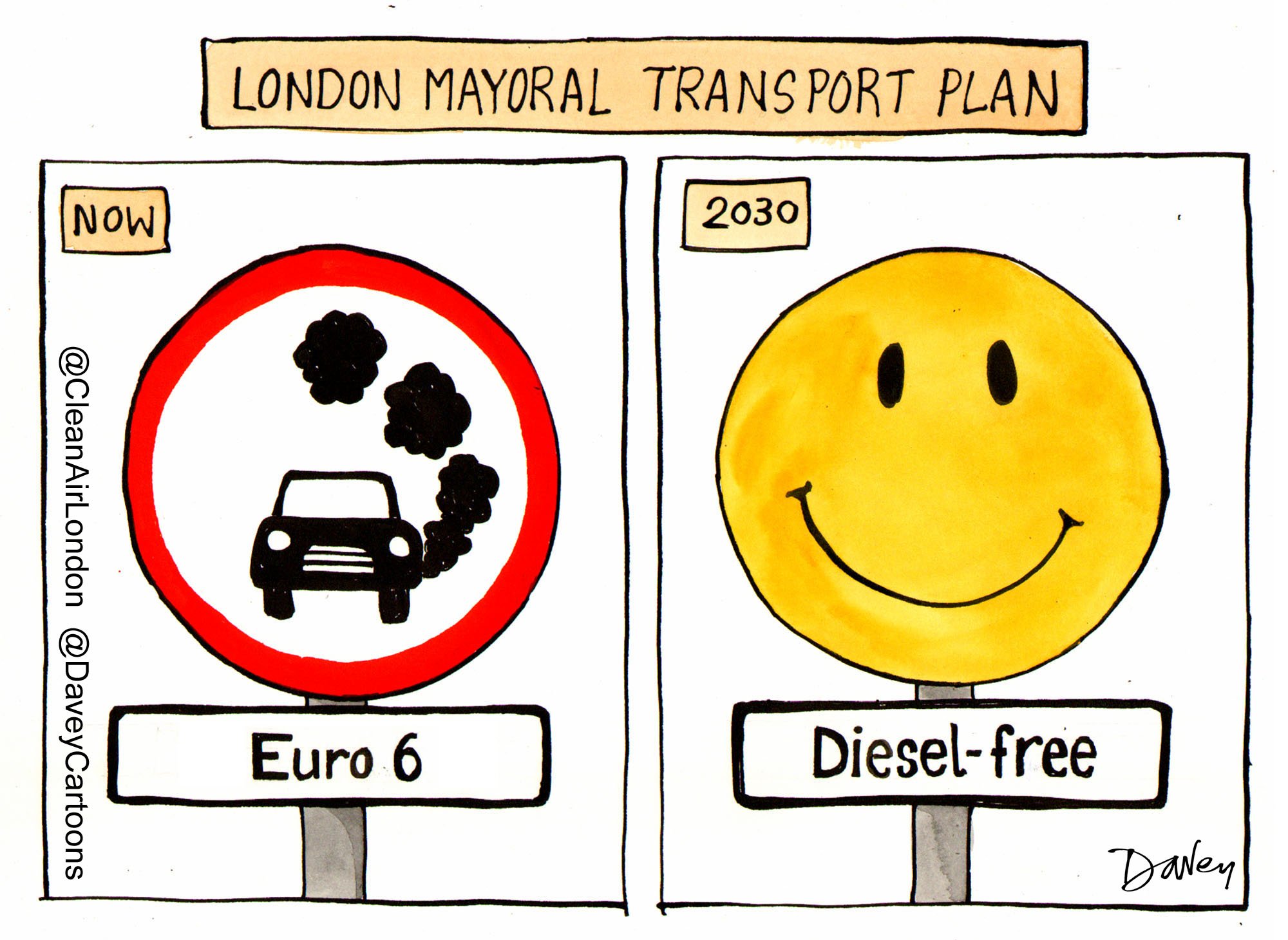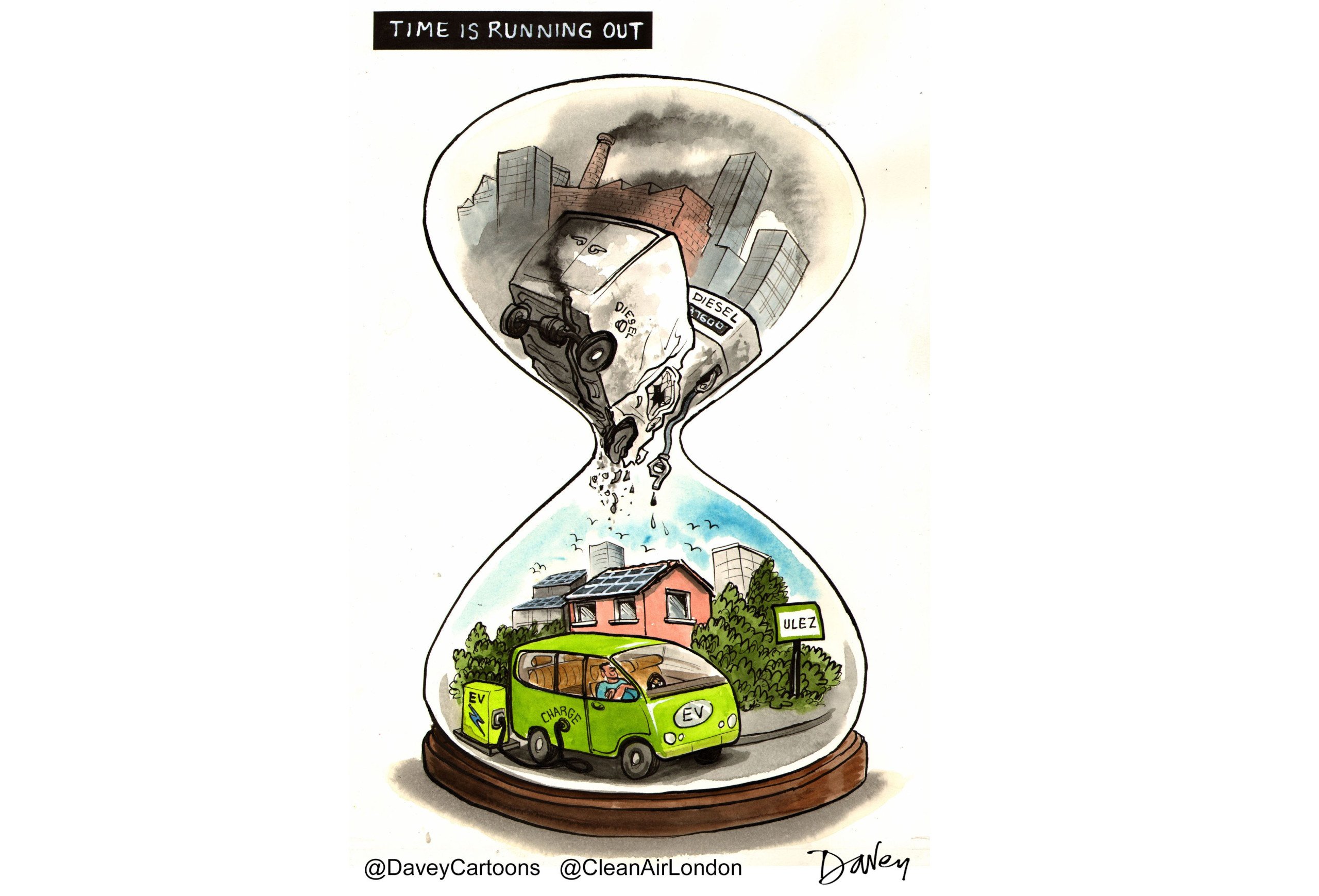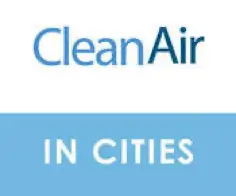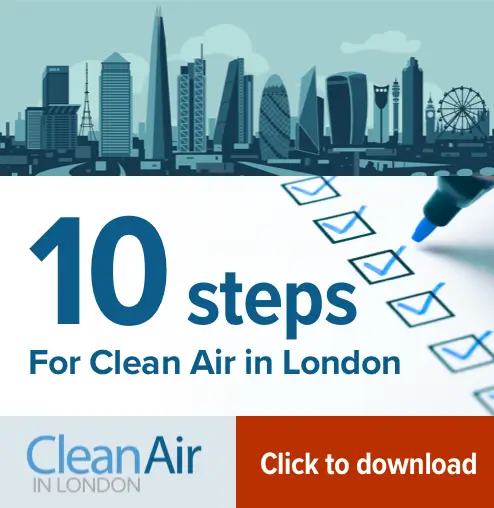OPEN LETTER
Dear Directors of Public Health and members of Health and Wellbeing Boards
‘Invisible’ air pollution is the biggest public health risk after smoking
‘Clean Air in London’ urges you to: ensure your Joint Strategic Needs Assessment considers air pollution; and prioritise measures to address air pollution in your Health and Wellbeing Strategy
‘Clean Air in London’, which manages a cross-party campaign of the same name, is pleased to sponsor the ‘Education and Engagement’ Masterclass at the Public Service Events conference titled ‘Public health: an update and way forward’ at the Barbican Conference Centre on 24 October 2012.
Health impacts
Air pollution is much worse than most of us have realised and regularly exceeds twice World Health Organisation (WHO) guidelines and legal limits near our busiest streets. The number of deaths attributable to long-term exposure to ‘invisible’ air pollution dwarfs that from short-term exposure to ‘visible’ air pollution such as during the Great Smog of 1952 (when we knew nothing of the health impact of long-term exposure to air pollution). Only smoking causes more early deaths.
The Committee on the Medical Effects of Air Pollution (COMEAP) has estimated there were 29,000 deaths attributable to long-term exposure to fine particles (PM2.5) in the UK in 2008 at an average loss of life for these people of 11.5 years. This is a statistical estimate calculated after eliminating some 40 other possible causes of death to make the estimate comparable with those for alcohol, obesity and smoking. COMEAP speculated that, given that much of the impact of air pollution on mortality is linked to cardiovascular deaths, it is more reasonable to consider that air pollution may have contributed to the earlier deaths of up to 200,000 people in the UK in 2008 (i.e. one in three of all deaths) at an average additional loss of life for these people of about two years (at typical ages for cardiovascular deaths e.g. 15% of which are before age 65).
Clean Air in London was the first to publish estimates for the number of deaths attributable to long-term exposure to PM2.5 in the UK in 2009. Its estimates were confirmed subsequently by two Parliamentary Committees and the Mayor of London. Updated estimates will be provided by the Government for the Public Health Outcomes Framework at item 3.1 Air pollution i.e. Health protection in Domain 3. COMEAP has recommended that three metrics are published: the number of deaths attributable to long-term exposure to PM2.5; total years of life lost; and the attributable fraction.
Sources and exposures
In September 2012 the Department for Environment Food and Rural Affairs published estimates for population weighted exposure to PM2.5 in the UK of: 12.5 micrograms per cubic metre (ug/m3) in 2009; 13.0 ug/m3 in 2010; and 13.5 ug/m3 in 2011 i.e. a significant and steady deterioration of this key driver of public health in the last three years.
The Mayor of London has estimated that road transport was responsible for some 80% of PM2.5 emissions in London in 2008. Policy Exchange, a leading think-tank, has estimated that diesel vehicles are responsible for about 91% of PM2.5 road transport exhaust emissions in London. In June 2012, the WHO classified diesel exhaust as carcinogenic for humans.
Solutions
Clean Air in London’s mission is to achieve urgently and sustainably full compliance with WHO guidelines for air quality throughout London (and elsewhere).
Clean Air in London has proposed scores of measures to solve the air pollution crisis. Top priorities include: leadership; reduce transport emissions; reduce emissions from buildings; and protect the most vulnerable. Most important, we need to warn people about the dangers of air pollution and give them advice about protecting themselves (i.e. adaptation) and reducing pollution for themselves and others (i.e. mitigation). For example, people can reduce their exposure to air pollution by up to 50% by walking or cycling down side streets rather than busy roads. People can also reduce air pollution by walking or cycling or using public transport rather than driving a diesel vehicle.
Clean Air in London recommends that Directors of Public Health and Health and Wellbeing Boards take six steps to address their duties under the Health and Social Care Act 2012:
Strategic issues
- Ensure your joint strategic needs assessment considers air pollution
- Prioritise measures to address air pollution in your Health and Wellbeing Strategy
Adaptation: Build public understanding through ‘Education and engagement’
- Encourage leadership and the use of existing health communication channels e.g. smog alerts
- Support new events and ways to raise the profile of air pollution e.g. during the European Commission’s ‘Year of Air’ in 2013
Mitigation: Reduce harmful emissions at their source and encourage less polluting alternatives
- Demand action to reduce diesel emissions e.g. buses, taxis and trains and low emission zones
- Encourage use of the City of London’s CityAir guidance including for indoor air quality
Separately, we need to stop the Government’s lobbying to weaken European air pollution laws.
Please get in touch with Clean Air in London. I would be pleased to meet Directors of Public Health and/or members of Health and Wellbeing Boards, particularly in London.
Yours sincerely
Simon Birkett
Founder and Director
Clean Air in London
Useful links and attachments
- The Department of Health has produced some fact sheets on the new public health system, available at: http://healthandcare.dh.gov.uk/public-health-system/.
- The Department of Health’s website also contains information on the role of the Directors of Public Health and Health and Wellbeing Boards: http://www.dh.gov.uk/health/2012/10/public-director/ and http://healthandcare.dh.gov.uk/hwb-guide/
- London Public Health Outcomes Framework data http://hna.londonhp.nhs.uk/PHOF.aspx
CAL 208 DH_Summary_technical_specifications_of_public_health_indicators_Jan_2012
CAL 208 COMEAP_Local_mortality_burden_statement_August_2012
CAL 208 Boroughs ranked by deaths and PM2.5_241112
CAL 098 CCAL provisional analysis by borough 300610 V2
CAL 208 PHOF_Hammersmith and Fulham
CAL 208 PHOF_Kensington and Chelsea
CAL 208 Response to Islington HWBS_291012_Redacted
CAL 211 Evidence to EAC SDI inquiry_291012
CAL 208 London Public Health consultation summary_Working draft v2 140213

